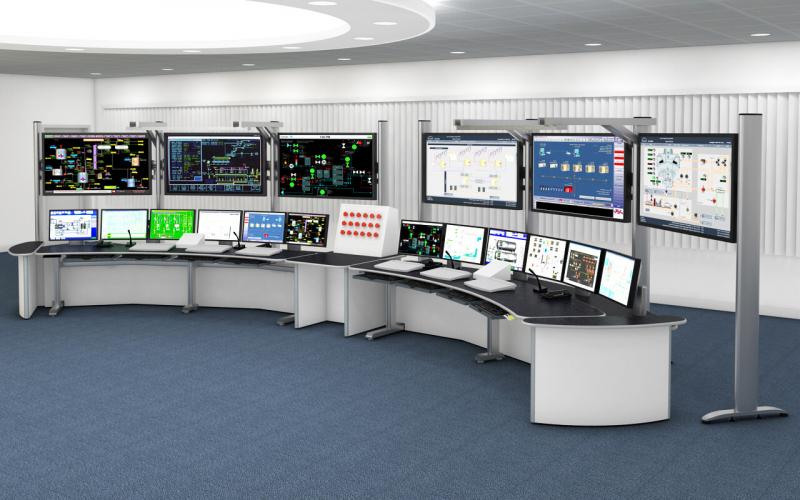Effective communication is the backbone of any Supervisory Control And Data Acquisition (SCADA) system. SCADA protocols define the rules and standards for data exchange between different components of the SCADA system. This blog provides an overview of SCADA protocols and their significance in ensuring seamless communication.
According to Coherent Market Insights, The global SCADA Market size was valued at US$ 9.99 Billion in 2022 and is anticipated to witness a compound annual growth rate (CAGR) of 8.00% from 2023 to 2030.
1. Modbus
Modbus is one of the most widely used SCADA protocols. It is an open, serial communication protocol that allows SCADA devices to communicate with each other and with field devices such as PLCs and RTUs. Its simplicity and ease of implementation make it popular in various industries.
2. DNP3 (Distributed Network Protocol)
DNP3 is a robust and reliable SCADA protocol designed for communication between SCADA master stations and field devices. It supports both serial and Ethernet communication and offers features such as time synchronization and data fragmentation, making it suitable for large-scale systems.
3. OPC (Open Platform Communications)
OPC is not a single protocol but a set of standards that define how Supervisory Control And Data Acquisition devices and software should communicate. OPC allows interoperability between different SCADA systems and third-party devices, enabling seamless integration and data exchange.
4. IEC 60870-5
IEC 60870-5 is a widely used SCADA protocol in Europe. It defines communication standards for telecontrol systems and is commonly used in power utilities and energy management applications.
5. SNMP (Simple Network Management Protocol)
While SNMP is more commonly associated with network management, it is also used in SCADA systems for monitoring and controlling networked devices. SNMP enables monitoring of device status and performance, aiding in fault detection and troubleshooting.
6. Profibus
Profibus is a popular SCADA protocol in industrial automation. It is a fieldbus communication standard used for connecting field devices to PLCs and other controllers, providing real-time data exchange.
SCADA protocols are essential for enabling effective communication between different components of the Supervisory Control And Data Acquisition system. Each protocol has its strengths and use cases, and the choice of protocol depends on the specific requirements and applications of the SCADA system. By ensuring seamless communication, SCADA protocols play a crucial role in the efficient and reliable operation of industrial processes.
